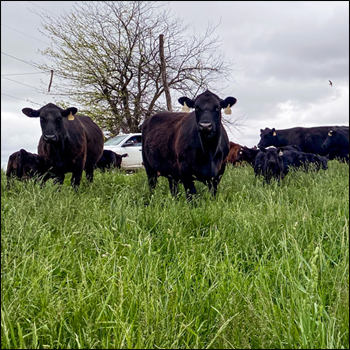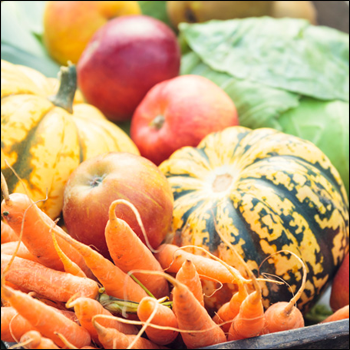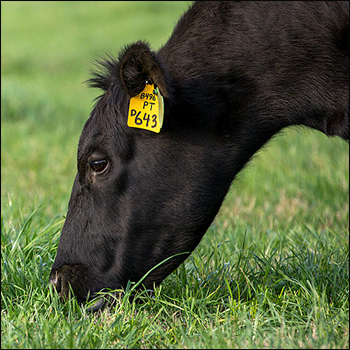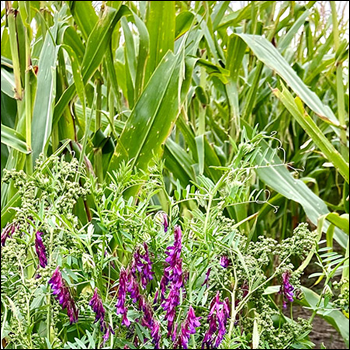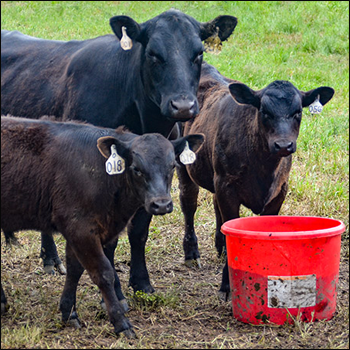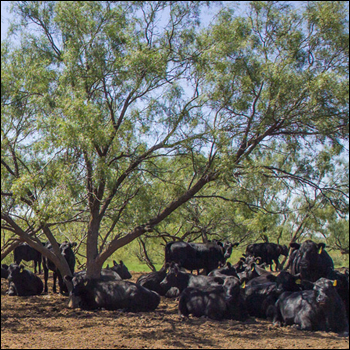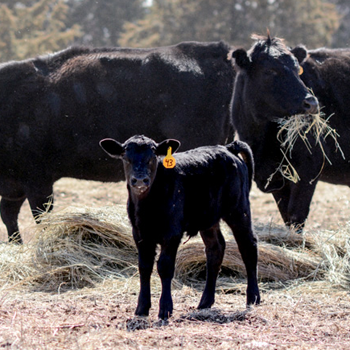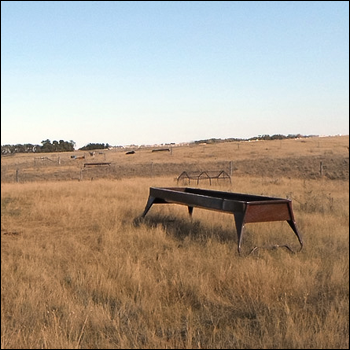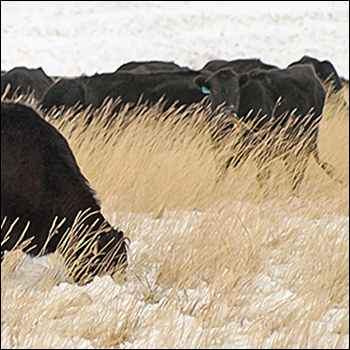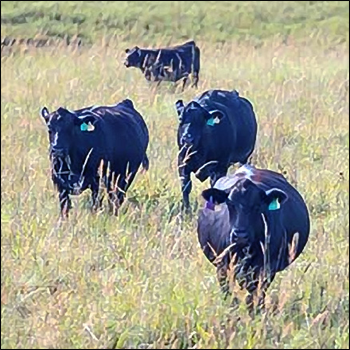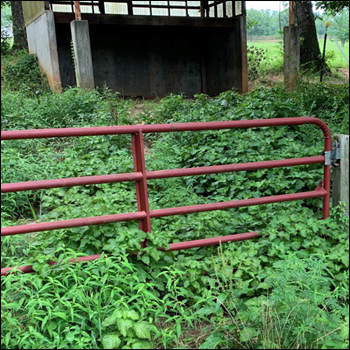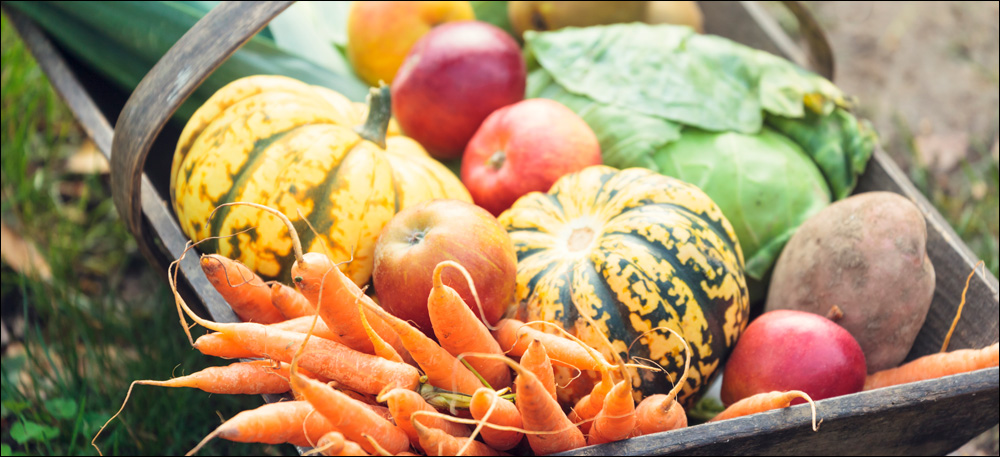
Food Loss Hurts Human, Environmental Health
Worldwide food loss ranges from 20%-30% in both developed and developing countries.
Food loss and waste globally contribute to poor human and environmental health, but solutions exist to enable value chains to become more sustainable, according to a panel of experts participating in Farm Journal Foundation’s Speaker Series.
Between 20% and 30% of all food produced worldwide is lost at various stages of the supply chain before it is ever consumed, says Patrick Webb, a professor at the Friedman School of Nutrition at Tufts University and director of USAID’s (United States Agency for International Development) Feed the Future’s Food Systems for Nutrition Innovation Lab.
Rates of food loss and waste are similar in both low-income countries and high-income countries, but losses occur at different points along the supply chain, Webb says. In developed countries, such as the United States and European countries, waste happens more frequently at the retail or consumer level, when food passes its sell-by date or people leave it to spoil in their refrigerators. In developing countries, losses are more frequent earlier in the supply chain, often stemming from improper storage and postharvest handling, challenges with transportation infrastructure and inefficient markets.
“Planetary and human health are really not good, and food loss and waste are important contributors to that,” Webb says. “It’s really outrageous from a natural resource perspective, from a health resource perspective and from an economic resource perspective. Elements of food loss and waste are happening across the entire food system, not just in one part and not just by one player.”
Losses and waste reduce the overall supply of nutritious, affordable food, creating human health challenges, especially for the world’s poor. At the same time, producing food that never gets consumed creates a strain on resources, hurting environmental health. About 9% of all greenhouse gas emissions worldwide relate to food loss and waste, Webb says.
In developed countries, integrated refrigeration systems throughout the supply chain, known as cold chains, mean that very little perishable food is lost during transportation and processing, says Tim Fox, fellow and chair of the Climate Change Adaptation Working Group at the United Kingdom-based Institution of Mechanical Engineers. However, these systems create their own environmental challenges; food is often shipped thousands of miles around the world, and refrigeration requires large amounts of energy.
As these systems transition to low-carbon technologies and developing countries build out similar infrastructure, new innovations such as solar-powered cooling systems and vehicles running on electric or sustainable biofuels should be put into more frequent use to help improve sustainability, Fox says.
“About 17% of global electricity supply is used for refrigeration, which is a staggering number and produces huge amounts of greenhouse gasses,” Fox says. “From a sustainability point of view, many elements of that infrastructure were not designed in a way that had sustainability in mind.”
Reducing food loss and waste is not only important for global food security, it is also critical for combating hunger in the United States, which has increased since the start of the COVID-19 pandemic, says Olivia Fuller, a Farm Journal Foundation Farmer Ambassador and regional extension agent with the Alabama Cooperative Extension. She works with farmers in Alabama’s Black Belt region, which has some of the highest poverty rates in the country. From a nutritional standpoint, it is particularly important to make sure farmers have viable markets for horticulture crops, including fruits and vegetables, and to educate consumers that imperfect-looking products are still healthy to eat.
“Consumer education is incredibly important because the cosmetic criteria that is embedded in what we often perceive as ‘quality’ is somewhat pathetic,” Fuller says. “For instance, if you have a garden, you don’t go out to the garden and expect to pick things that look like what you see in the grocery store. So, the more education we can bring to consumers about injured crops or misfits, or things that don’t look exactly how we think they should look, the better.”
In low-income countries, a large portion of food losses occur at the farm level, but are caused by macro factors that extend beyond the farm, says Rob Vos, director of the markets, trade and institutions division at the International Food Policy Research Institute (IFPRI). Challenges such as poor infrastructure, low crop prices and lack of access to working markets can disincentivize farmers from properly handling and storing their crops and protecting crop quality.
“What we’ve found in our research is that it’s not always so much the quantity of food that gets lost, it’s the quality,” Vos says. “Things like product quality certification throughout the supply chain can enormously help to reduce food quality losses. But incentives for this have to be translated into good prices so that all market agents benefit.”
Webb was the keynote speaker at the April 12 Speaker Series event, titled “Food Waste and Loss: Global Perspectives.” A panel included Fox, Fuller and Vos. To find out more about future events, visit www.farmjournalfoundation.org/events.
Editor’s note: This is article is provided by the Farm Journal Foundation.

Angus Proud
In this Angus Proud series, Editorial Intern Jessica Wesson provides insights into how producers across the country use Angus genetics in their respective environments.
 Angus Proud: Scott Sproul
Angus Proud: Scott Sproul
Oklahoma operation learned wisdom of moving calving season to better suit their marketing needs.
 Angus Proud: Bubba Crosby
Angus Proud: Bubba Crosby
Fall-calving Georgia herd uses quality and co-ops to market calves.
 Angus Proud: Jim Moore
Angus Proud: Jim Moore
Arkansas operation retains ownership through feeding and values carcass data.
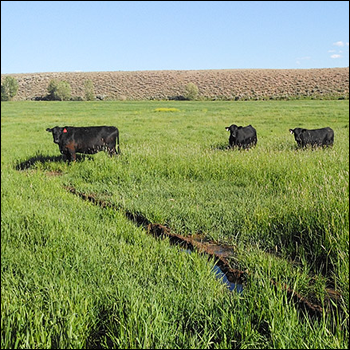 Angus Proud: Stephen Shiner
Angus Proud: Stephen Shiner
Idaho operation rotates pastures in summer and raises crops for winter.
 Angus Proud: Les Shaw
Angus Proud: Les Shaw
South Dakota operation manages winter with preparation and bull selection.
 Angus Proud: Jeremy Stevens
Angus Proud: Jeremy Stevens
Nebraska operation is self-sufficient for feedstuffs despite sandy soil.
 Angus Proud: Dave Rutan
Angus Proud: Dave Rutan
Angus breeder gets the most out of his bull investment by partnering with opposite calving-season operation.
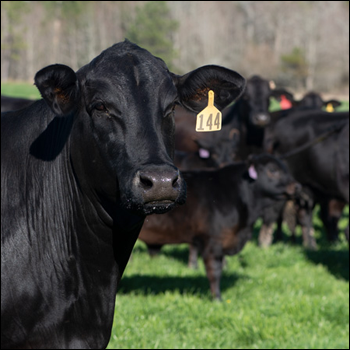 Angus Proud: Nickey Smith
Angus Proud: Nickey Smith
AngusLink helps Louisiana cattleman gain more for his calves.
